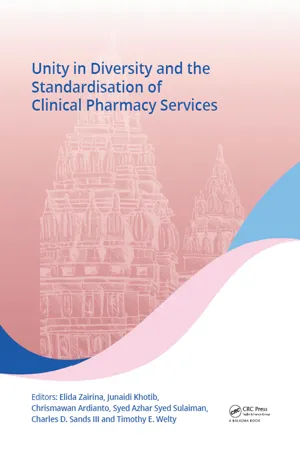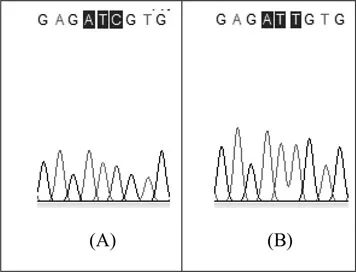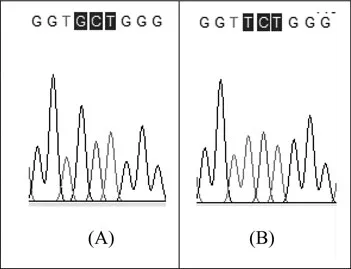
Unity in Diversity and the Standardisation of Clinical Pharmacy Services
Proceedings of the 17th Asian Conference on Clinical Pharmacy (ACCP 2017), July 28-30, 2017, Yogyakarta, Indonesia
- 382 pages
- English
- ePUB (mobile friendly)
- Available on iOS & Android
Unity in Diversity and the Standardisation of Clinical Pharmacy Services
Proceedings of the 17th Asian Conference on Clinical Pharmacy (ACCP 2017), July 28-30, 2017, Yogyakarta, Indonesia
About This Book
Unity in Diversity and the Standardisation of Clinical Pharmacy Services represents the proceedings of the 17th Asian Conference on Clinical Pharmacy (ACCP 2017), held 28—30 July 2017 in Yogyakarta, Indonesia. The primary aim of ACCP 2017 was to bring together experts from all fields of clinical pharmacy to facilitate the discussion and exchange of research ideas and results. The conference provided a forum for the dissemination of knowledge and exchange of experiences. As such, it brought together clinical pharmacy scholars, pharmacy practitioners, policy makers and stakeholders from all areas of pharmacy society and all regions of the world to share their research, knowledge, experiences, concepts, examples of good practice, and critical analysis with their international peers. This year also marks the celebration of 20 years of ACCP.
Central themes of the conference and contributed papers were Clinical Pharmacy, Social and Administrative Pharmacy, Pharmacy Education, Pharmacoeconomics, Pharmacoepidemiology, Complementary and Alternative Medicine (CAM) and a number of related topics in the field of Pharmacy.
Frequently asked questions
Information
n (Nucleotide sequence of the MDR1 gene at positions 3435/2677) | ||||
SR/HR | 3435 (Mut)/2677(Mut) | 3435(Mut)/2677 (Mut) | 3435(WT)/2677 (WT) | CR |
SR | 2** (gagatTgtg / ggtTctggg) | 1* (gagatTgtg / ggtGctggg) | 6 (gagatCgtg / ggtGctggg) | CR |
HR | 1** (gagatTgtg / ggtTctggg) | 1* (gagatTgtg / ggtGctggg) | 5 gagatCgtg / ggtGctggg) | CR |
SR → HR | 1** (gagatTgtg / ggtTctggg) | – | – | CR* |
Total | 4 | 2 | 11 | 17 |


Table of contents
- Cover
- Half Title
- Title Page
- Copyright Page
- Table of Contents
- Preface
- Organizing committee
- Keynote speakers
- Plenary speakers
- List of symposium speakers
- Medication management system in several care homes in Surabaya
- Effectiveness of decision aid on knowledge, decision conflict, and outcome in diabetic patients
- Self-esteem scale: Translation and validation in Malaysian adults living with asthma
- Factors affecting mortality among patients undergoing hemodialysis in Sudan
- Evaluating the effectiveness of filgrastim in patients with solid cancer
- Building care of hypertensive patients in reducing sodium intake in Banjarmasin
- Effect of glibenclamide on glycemic control in the presence of sodium diclofenac
- A drug utilization study of antibiotics in patients with osteomyelitis
- Factors influencing trastuzumab cardiotoxicity in breast cancer: A case–control study
- Transdermal patch loading diclofenac sodium for anti-inflammation therapy using a rat paw oedema model
- Ethambutol-induced optic neuropathy in diabetic patients with tuberculosis
- Identification of clinical specimens isolated from neonates
- Effect of coenzyme Q10 on the malondialdehyde level and exercise performance of male runners in Jakarta
- Compatibility of selected inotropic drugs in a syringe
- Ward pharmacist workload analysis in an Indonesian class A hospital
- Effect of LD50 of ethanolic leaf extract from Ipomoea reptans Poir. in rats
- Oral indomethacin versus oral paracetamol for patent ductus arteriosus closure in neonates
- Clinical trial of Jamu X on blood glucosa and HbA1C in patients with type 2 diabetes mellitus
- Management of carbamate or organophosphate intoxication at a high care unit
- Development of an antidepressant e-learning tool for pharmacology education
- Effectiveness of nimodipine on non-traumatic subarachnoid hemorrhage based on computed tomography angiography
- Study of pediatric compounded drug prescriptions in a health care facility in Bandung
- Efficacy of honey vinegar in hyperlipidemic rats (Rattus norvegicus)
- Improving the competence of pharmacist students through international lecturers
- The effectiveness evaluation of antiretroviral therapy in Mangusada Hospital Bali
- Drug therapy problems in pediatric and geriatric patients at Farmasi Airlangga Pharmacy
- PCR primer design for detection of SNPs in SLC22A1 rs683369 encoding OCT1 as the main transporter of metformin
- Pharmacist–patient communication: An observational study of characteristic information
- Multidrug resistance-1 gene variants in pediatric leukemia in Bali
- Medication adherence in the elderly with chronic diseases using the Adherence to Refill and Medication Scale (ARMS)
- Direct non-medical costs of patients with cervical cancer who underwent chemotherapy
- Factors influencing correct measurements of liquid medicines by consumers
- The correlation of service quality and complaint handling with patient satisfaction
- Assessment of medication safety among Filipino pharmacists
- Effect of the combination of Typhonium flagelliforme Lodd. (Blume) and Phyllanthus niruri Linn. on the immune system
- Organophosphate toxicity in red chili farmers, Ciamis, Indonesia
- Factors affecting the rational use of NSAIDs in self-medication
- The influence of adverse reactions of antituberculosis drugs to non-adherence in drug use
- (-)-Epigallocatechin gallate from green tea increases the level of a DNA repair enzyme
- Perceptions and practices of self-medication among healthcare students
- Smoking cessation counseling: Perceptions and barriers among community pharmacists
- Factors affecting medication noncompliance in patients with chronic diseases
- The development and evaluation of a clinical pharmacy course at a pharmacy school in Indonesia
- Relationship ejection fraction and segment ST-resolution in STEMI patients with streptokinase therapy
- Management of hyponatremia in patients with heart failure: A retrospective study
- Continuous infusion versus intermittent bolus furosemide in heart failure NYHA III-IV
- The effectiveness of empirical and definitive antimicrobial therapy
- In vivo analgesic effect of ethanolic extracts of exocarp, mesocarp, and seeds of Carica pubescens
- Evaluation of knowledge, attitude and perceived barriers towards adverse drug reaction reporting
- Hydroxyethyl starch or gelatin, which is safer for the kidneys?
- In silico QSAR of 1-benzoyl-3-benzylurea lead and its analogue compounds as anticancer
- A study on antiemetics for postoperative nausea and vomiting at Dr. Soetomo Hospital
- Ethanol extract of Annona squamosa L. improves the lipid profile in hyperlipidemia rats
- The effect of Telmisartan on lipid levels and proinflammatory cytokines in ESRD patients undergoing hemodialysis
- Risk assessment of ADEs: Patient safety incident reports at Ari Canti Hospital in 2016
- Medication-induced Adverse Drug Reaction (ADR) in the Malaysian elderly population
- Cost-effectiveness analysis of patients with schizophrenia in Madani Hospital
- Tacrolimus-induced symptomatic hyponatremia after kidney transplantation: A case study
- Postoperative pain management in elderly patients: Evaluating the use of analgesics
- Antimalarial activity and toxicological test of Andrographis paniculata tablets (AS202-01)
- Socioeconomic status and obesity in an adult rural population in Indonesia
- A strategic approach to increase the compliance of patients with type 2 diabetes mellitus
- Disposal practices of unused medication among the public in Meradong, Sarawak, Malaysia
- Drug use and potential drug interaction in the elderly
- Effects of audiovisual education on the knowledge and adherence of patients with DMT1
- Root extract of Imperata cylindrica L. improves serum nitric oxide levels in diabetic mice
- Medication use during pregnancy in Surabaya: A cross-sectional study
- Eyedrops use perception during fasting
- Author index